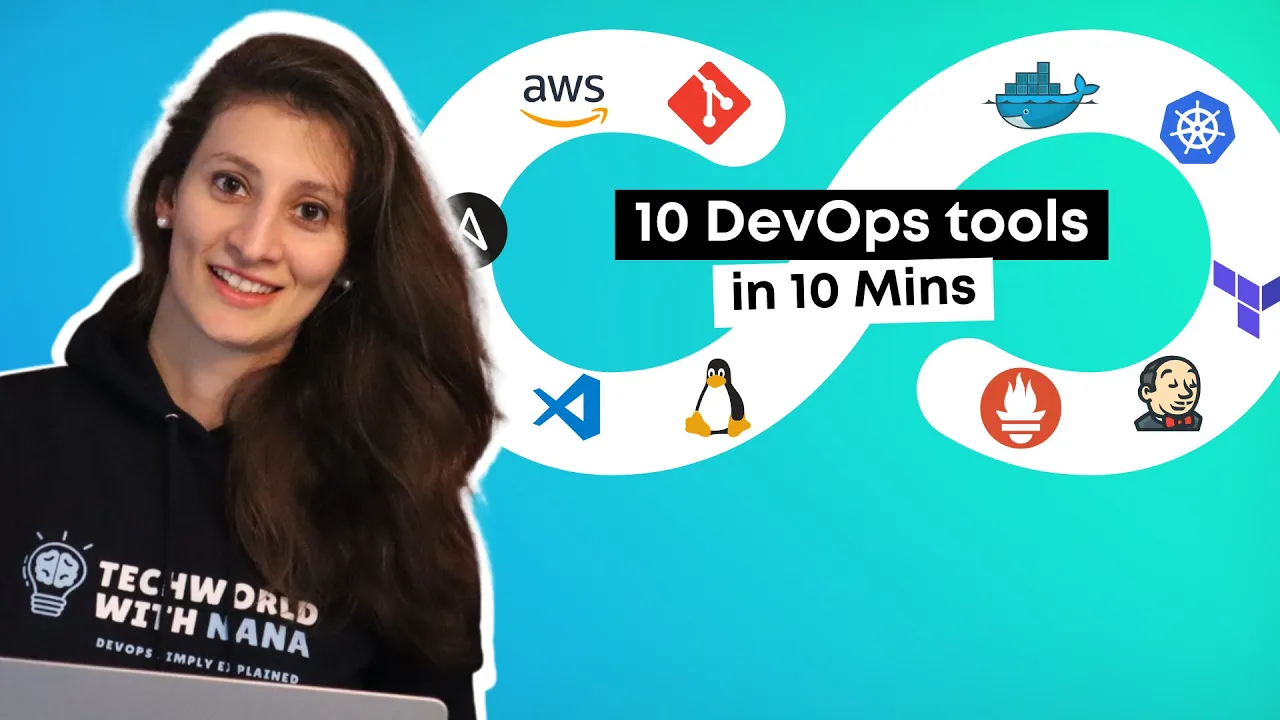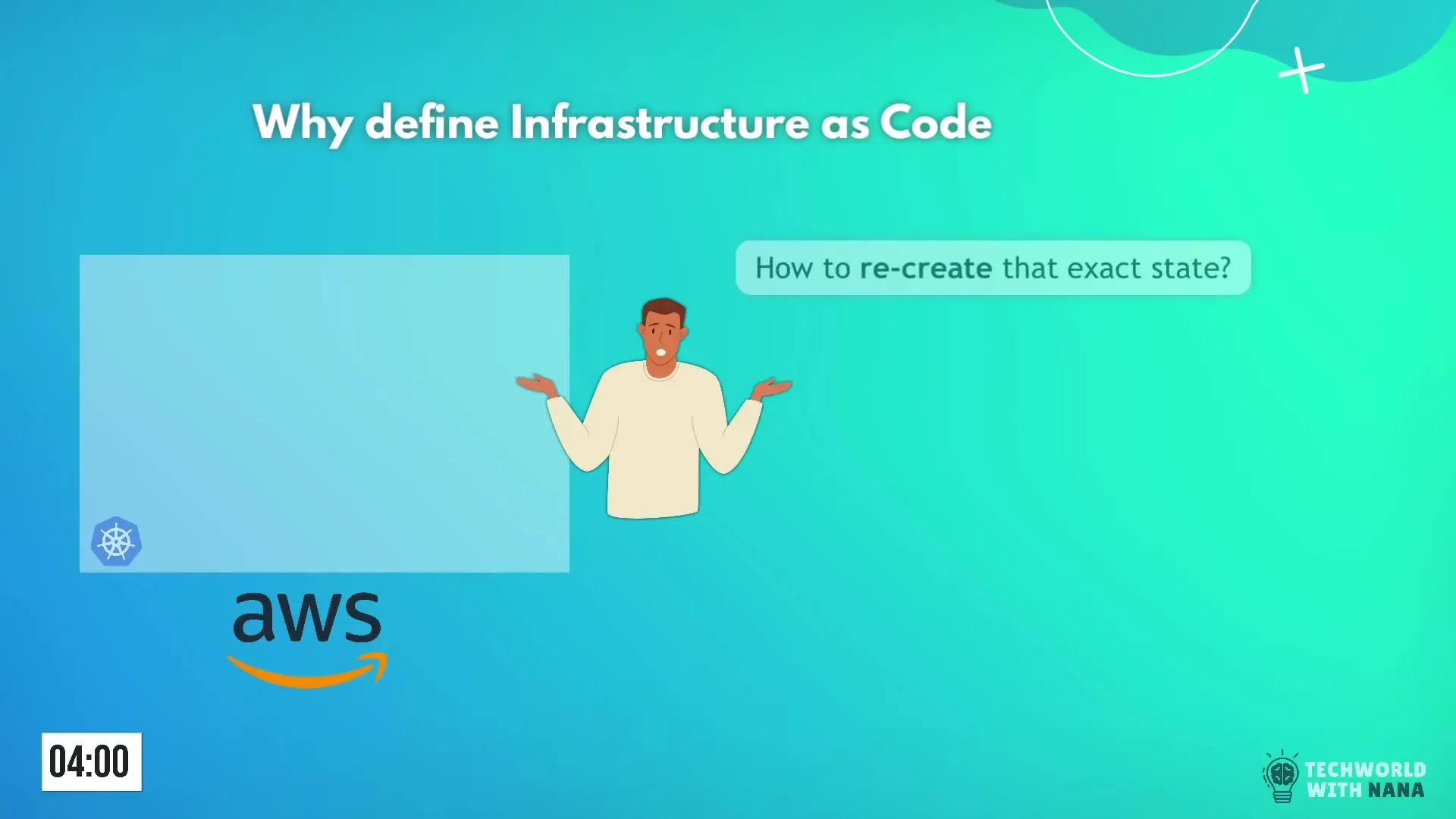
The DevOps landscape continues to evolve rapidly, but certain core tools remain essential for building robust DevOps processes. Understanding these foundational technologies isn't just about learning individual tools—it's about comprehending how they work together to create seamless development and deployment workflows. Let's explore the most critical DevOps tools that every engineer should master.
The Foundation: CI/CD Pipeline Tools
At the very heart of DevOps lies the continuous integration and continuous deployment (CI/CD) pipeline. This automated workflow is what enables teams to deliver code changes frequently, reliably, and with minimal manual intervention.
The most widely adopted CI/CD tool remains Jenkins, which offers exceptional flexibility and a vast plugin ecosystem. However, several alternatives have gained significant traction in recent years:
- GitLab CI - Deeply integrated with the GitLab platform
- GitHub Actions - Native CI/CD for GitHub repositories
- CircleCI - Cloud-native CI/CD platform with simple configuration
These tools automate crucial pipeline stages including testing, building applications, security scanning, and deployment to target environments. A well-configured CI/CD pipeline integrates with source control, container registries, and cloud platforms to create a seamless workflow from code commit to production deployment.
Deployment Environments: Cloud Platforms

Once your pipeline is building and testing code, you need somewhere to deploy your applications. Cloud platforms like AWS, Azure, and Google Cloud provide the infrastructure backbone for modern applications.
These platforms offer services ranging from virtual machines to managed Kubernetes clusters, databases, storage solutions, and networking components. Understanding how to configure and secure these resources is crucial for any DevOps engineer.
Application Packaging: Docker
Docker has revolutionized how applications are packaged and deployed. By containerizing applications, Docker creates standardized units that include everything needed to run the software: code, runtime, system tools, libraries, and settings.
The benefits of Docker containers include:
- Consistency across development, testing, and production environments
- Isolation of application dependencies
- Lightweight resource utilization compared to virtual machines
- Portability across different infrastructure providers
- Faster deployment and scaling capabilities
In a typical DevOps workflow, CI/CD pipelines build Docker images which are then deployed to cloud environments. This standardized approach eliminates the "it works on my machine" problem that has plagued development teams for decades.
Container Orchestration: Kubernetes
As containerized applications grow in scale and complexity, managing them becomes increasingly challenging. This is where Kubernetes steps in as the industry-standard container orchestration platform.
Kubernetes solves critical operational challenges including:
- Auto-healing: Automatically restarts containers that fail
- Horizontal scaling: Easily replicate applications to handle increased load
- Service discovery and load balancing: Routes traffic to appropriate containers
- Storage orchestration: Mounts storage systems of your choice
- Automated rollouts and rollbacks: Changes to application or configuration can be progressively rolled out or rolled back if issues arise
With Kubernetes, DevOps teams can manage thousands of containers across multiple nodes, ensuring high availability and resilience. The platform's declarative approach allows engineers to define the desired state of applications, while Kubernetes handles the complex task of maintaining that state.
Monitoring and Alerting
As applications scale, manual monitoring becomes impossible. Modern DevOps practices require robust monitoring and alerting systems that can process logs and metrics from thousands of containers and infrastructure components.
Prometheus has emerged as the de facto standard for monitoring Kubernetes environments. This open-source system collects metrics from configured targets, stores them efficiently, and provides a powerful query language for analyzing the data. When paired with Grafana for visualization and AlertManager for notifications, Prometheus forms a complete monitoring stack.
Effective monitoring covers multiple layers:
- Infrastructure metrics (CPU, memory, disk usage)
- Container runtime metrics
- Application performance metrics
- Business metrics (transactions, user activity)
Infrastructure as Code (IaC)

As infrastructure grows in complexity, manually configuring resources becomes impractical and error-prone. Infrastructure as Code (IaC) tools allow DevOps engineers to define infrastructure configurations in declarative files, bringing software development practices to infrastructure management.
Terraform has established itself as the leading IaC tool, supporting all major cloud providers and hundreds of services. With Terraform, engineers can:
- Version infrastructure configurations alongside application code
- Apply changes through automated pipelines
- Ensure consistency across different environments
- Quickly recover from failures by redeploying infrastructure
- Collaborate on infrastructure changes using familiar development workflows
Configuration Management

While infrastructure as code handles provisioning resources, configuration management tools focus on maintaining the desired state of those resources, particularly at the operating system level.
Ansible has become a popular choice for configuration management due to its agentless architecture and straightforward YAML-based syntax. It excels at tasks like:
- Installing and updating packages
- Managing users and permissions
- Configuring services
- Deploying applications
- Applying security patches across server fleets
Development Tools
DevOps engineers spend significant time working with configuration files, scripts, and infrastructure code. A powerful code editor like Visual Studio Code provides essential features for this work:
- Syntax highlighting for various configuration formats
- Extensions for specific tools like Terraform, Docker, and Kubernetes
- Integrated terminal for testing commands
- Git integration for version control
- Linting and validation for configuration files
Version Control: Git
Version control is essential for both application code and infrastructure configurations. Git has become the universal standard, enabling teams to:
- Track changes to code over time
- Collaborate on changes through pull requests
- Roll back to previous versions when needed
- Branch for feature development or experimentation
- Integrate with CI/CD systems for automated testing and deployment
DevOps engineers must be proficient with Git workflows to collaborate effectively with development teams and manage infrastructure code.
Linux and Command Line Skills
Despite all the automation tools available, strong Linux and command line skills remain fundamental for DevOps engineers. Most cloud infrastructure runs on Linux, containers are predominantly Linux-based, and troubleshooting often requires direct interaction with systems through SSH.
Key Linux skills for DevOps include:
- File system navigation and manipulation
- Process management
- Networking concepts and tools
- Shell scripting
- Security fundamentals
- Performance monitoring and troubleshooting
Integration: The True DevOps Challenge
While mastering individual tools is important, the real challenge in DevOps is integrating these tools into cohesive workflows. A mature DevOps process might include:
- Code stored in Git repositories
- Changes triggering CI/CD pipelines in Jenkins or GitHub Actions
- Automated tests validating code quality
- Docker images built and pushed to registries
- Infrastructure provisioned via Terraform
- Applications deployed to Kubernetes clusters
- Configuration managed by Ansible
- Everything monitored by Prometheus with alerts sent to appropriate channels
Creating these integrated workflows requires not just technical knowledge but also a deep understanding of DevOps principles and practices.
Conclusion: Beyond Tools to Principles
While mastering these essential DevOps tools is crucial, it's equally important to understand the underlying principles and concepts. The most effective DevOps engineers can adapt to new tools because they grasp the fundamental problems these tools are designed to solve.
As you build your DevOps toolkit, focus not just on learning tool syntax, but on understanding how each tool contributes to the broader goals of automation, collaboration, and continuous improvement. This conceptual understanding will serve you well as the DevOps landscape continues to evolve with new tools and approaches.
Let's Watch!
10 Essential DevOps Tools Every Engineer Must Master in 2023
Ready to enhance your neural network?
Access our quantum knowledge cores and upgrade your programming abilities.
Initialize Training Sequence